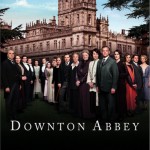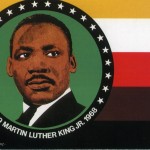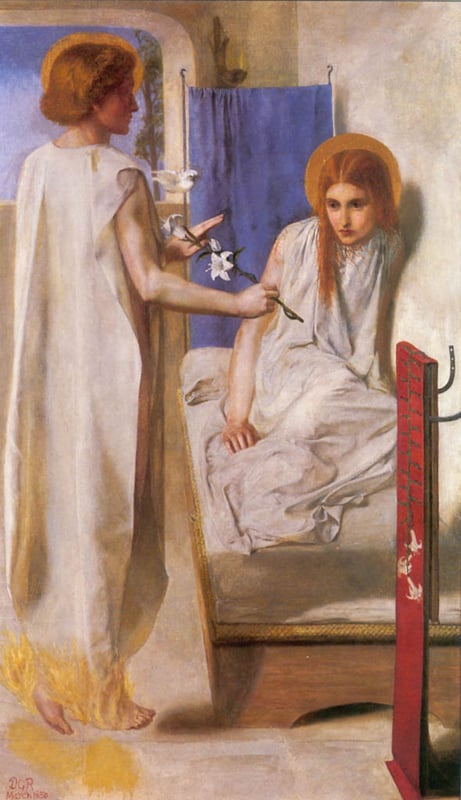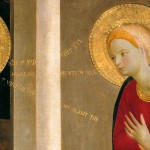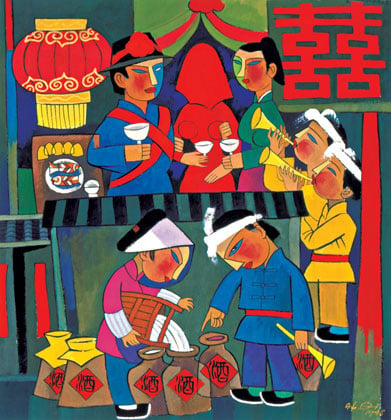 Jesus was not a Marrying Parson. He left us no sermons about marriage and family life, paid no house calls on couples with kids and gave no advice about handling the toddler temper, the unruly adolescent, or each other, as the years go by. At Cana, he does not offer a formal blessing to the bride and groom, nor does he offer a few words about love.
Jesus was not a Marrying Parson. He left us no sermons about marriage and family life, paid no house calls on couples with kids and gave no advice about handling the toddler temper, the unruly adolescent, or each other, as the years go by. At Cana, he does not offer a formal blessing to the bride and groom, nor does he offer a few words about love.
When the wine runs out, his mother holds him responsible. Why, I wonder?
Did she think his disciples had drunk too much, and the wine shortage is their fault? Heavens! Is it Jesus fault? Someone here has drunk far more than anticipated, that’s clear.
Was she so impatient for him to dazzle the general public with his divinity? To get on with it, and be the Messiah? But surely this couldn’t be the public unveiling of him she had dreamed of. She, who had sung about him pulling the mighty from their thrones, filling the hungry with good things and sending the rich empty away, would she want to settle for a mere magic trick — making more wine?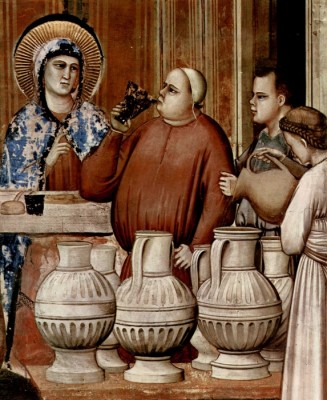
Whatever the reason, she presses him, and he growls in displeasure at her prodding, and then finally does this thing, that John calls ‘the first of the signs that reveal his glory.’ He changes six stone jars of water, twenty to thirty gallons each, into wine. ‘The best wine’, the steward pronounces, chiding the bridegroom now for having kept the best till last, when a minute ago he was wringing his hands about no wine at all.
The water in those stone jars had been set aside for the Jewish rites of purification, John tells us. And now, because of Jesus, there is no water for purification. John, so deft with symbols, leaves this one for us to deal with: it will not be possible to wash away your sins after this marriage. And — it will not be necessary. Six jars – six days of creation – the creation does not need to be purified – the creation is deliciously good.
And now, because of Jesus, it will be possible to savor the pleasures of the flesh in an unbridled celebration of wine-infused dancing, lifting them up on Jewish chairs, shivaree-shouting the bride and groom off to their marriage bed and falling into licit or illicit pleasures in your own.
![]() And this scene, this wild and joyous, somewhat raucous, slightly drunken scene, does fit with all four gospels’ portrayal of Jesus as a man who disdains the pieties that mark purity, such as the Sabbath laws, as a man who enfolds the unclean in what he calls a greater purity, the faithful longing of the heart for love: hearts he finds in prostitutes, lepers, a very short tax collector, and the poor.
And this scene, this wild and joyous, somewhat raucous, slightly drunken scene, does fit with all four gospels’ portrayal of Jesus as a man who disdains the pieties that mark purity, such as the Sabbath laws, as a man who enfolds the unclean in what he calls a greater purity, the faithful longing of the heart for love: hearts he finds in prostitutes, lepers, a very short tax collector, and the poor.
Protestants, in general, have flipped these symbols: still caught in the temperance traditions that became the country’s greatest legislative mistake, Prohibition, many Protestants continue to use the language of ‘new wine’, meaning they think Jesus drank grape juice. They would much prefer a Jesus who changes wine into water, and who concentrates on purification rather than fueling desire. Protestant church halls are havens for coffee-drinking AA meetings. Church boards solemnly debate requests to serve wine at wedding receptions held on their grounds – and there are precious few weddings held on their grounds these days, and the need to debate, the imposing of a common limit of one toast, is part of the reasons people prefer to celebrate their weddings elsewhere nowadays– so they can celebrate marriage as Jesus did.
Catholics have turned the Cana tale into a catechism for marriage, exercises to prepare brides and groom to live in mutual respect and stay married, complete with injunctions against birth control and abortion, as if Jesus’ sacrosanct presence had made Cana a model of Christian marriage. Church frescoes and paintings over the centuries have portrayed Jesus and Mary wearing halos and seated as special guests. You really don’t need to perform miracles when you arriving wearing haloes, people already know you are holy/weird/not-like-anybody-else, Mary is often dressed as a nun in these portraits, Jesus is always very solemn, and both of them are often larger than the other people at the wedding. John offers us none of this in either of them – he shows us people who love a party.
Maybe Mary did, in fact, want Jesus to start his self-revealing at a wedding. Maybe she did want him to begin his mighty deeds with an act of filling the hungry with good wine – at the beginning, as at the supper, wine! Maybe the delights of the flesh are important enough to her – and to all the hungry of the earth – to make their celebration with wine a great symbol indeed. Flesh, and its desires, are given to all of us, not meted out by priests as sacraments but inborn. Flesh and desire have the power to grow us into adulthood through adventures that are baptisms of spirit and fire.
Maybe the inviting of friends and family to witness the joy two have found together, and the hopeful future they dare to embark upon, is the best of occasions – outside of a manger – for Jesus to offer us a miracle that changes no-more into more-than-enough and even into the-very-best-of-all-good-things. We take Jesus’ weeping seriously. Perhaps we do him an injustice by ignoring his love of parties, his love of the life of the flesh. We assume in him an asceticism and a celibacy that may not, in fact, be the case. At Cana, we learn, at the very least, that he loved good wine.
Love him in the world of the flesh, and at your marriage, all its occasions shall dance for joy. – W.H. Auden, in For the Time Being: A Christmas Oratorio.
_______________________________________________________________________________________
Illustrations:
1. Wedding at Cana. by He Qi. Nanjing, China. 2001. Vanderbilt Divinity School Library, Art in the Christian Tradition.
2. Wedding at Cana. by Giotto di Bondone, Scrovegni Chapel, Padua, Italy. 1304. Vanderbilt Divinity School Library, Art in the Christian Tradition.
3. Icon-of-the-Wedding-Feast-at-Cana-in-Galilee, by Igor-Stoyanovs. Wikimedia commons.
4.Marriage at Cana, by Jacopo Tintoretto, 1561. en-wikipedia.org.

